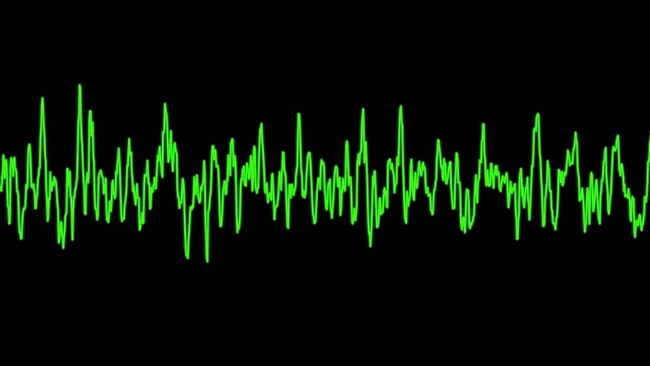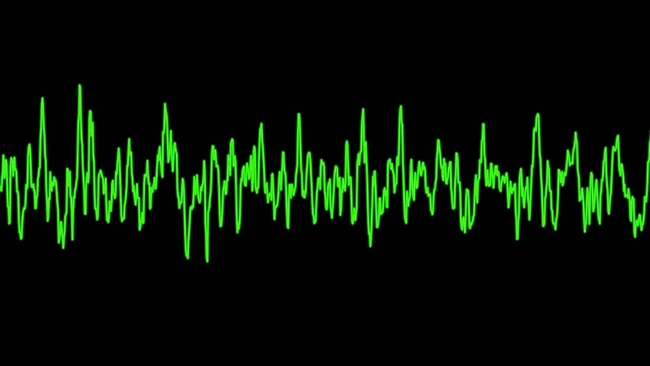
 Sound Wave
Sound Wave
Digital sound libraries might be marginalising the role of the foley artist and the sound designer but there really is no substitute for the sheer creativity and organic, natural-feeling sound epitomised by the likes of Ben Burtt's work on the Star Wars franchise.
Burtt's work is even more impressive when you consider that he was creating a sound design for a futuristic environment, which up until Star Wars at least had been aurally populated by pops, whirrs, clicks and any number of tortured electronic circuits. Burtt instead used found sounds and audio mash-ups, and, as website What Culture details, some of the iconic sounds have rather surprising origins.
Oh, and most of the following were put together using analogue methods. Yes, tape and things like that.
Here are the best of them.
Chewbacca’s roar
Not one, not two, but seven different animal growls were put together to make Chewie's roar, with different mixes then used to convey different tones and different emotions. The animals in question were: bears, lions, camels, badgers, walruses, tigers and, and if you guessed this one then you are some sort of audio wizard yourself, rabbits.
TIE Fighter
A mix of car tyres on a wet road and an elephant's scream.
Tusken Raider
A braying kind of sound which, unsurprising once you hear it, was achieved by deepening and varying the speed of braying donkeys.
Blasters
This one was recorded while Burtty was on holiday and was created by simply hitting the guy-wire of a radio tower.
Entering Hyperspace
Two copies of the sound of a McDonnell Douglas DC-9 jetliner played slightly out of sync to create an oscillating effect.
The Sarlacc Pit
While Slave Leia tended to distract the eye, Burtt went to town with creating the sound of the Sarlacc. The initial sound was that of an alligator hiss which was then charmingly mixed with recordings of the crew's stomachs gurgling.
Death Star Controls
A homage and a straight lift of the sound effects from the 1930s TV series of Flash Gordon.
The Lightsabre
Probably the most (badly) imitated sound effect in history, appropriately enough this was created using the background hum of interlock motors which are used to play reels of film through more than one projector at a time at multiplexes. To this was added the buzzing interference caused by trying to record sound effects too close to a television set using a mic with a broken cable.
All in all Burtt has won four Academy Awards and been nominated a host of times in a career that stretches from Episode IV to WALL-E, but one of his most iconic effects remains nothing: the 'audio black hole’, to use his expression, where everything is muted for a sub split-second before an almighty explosion rocks both the universe and your ears.
Tags: Audio


Comments